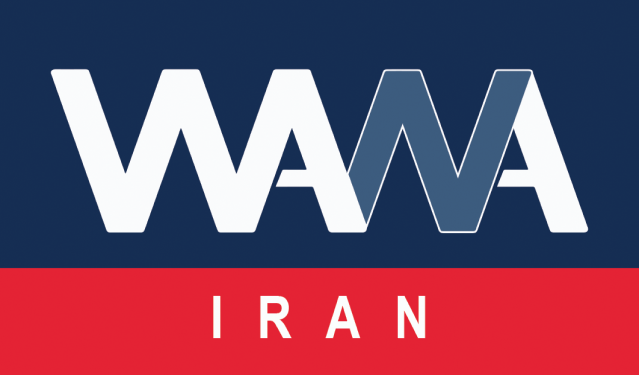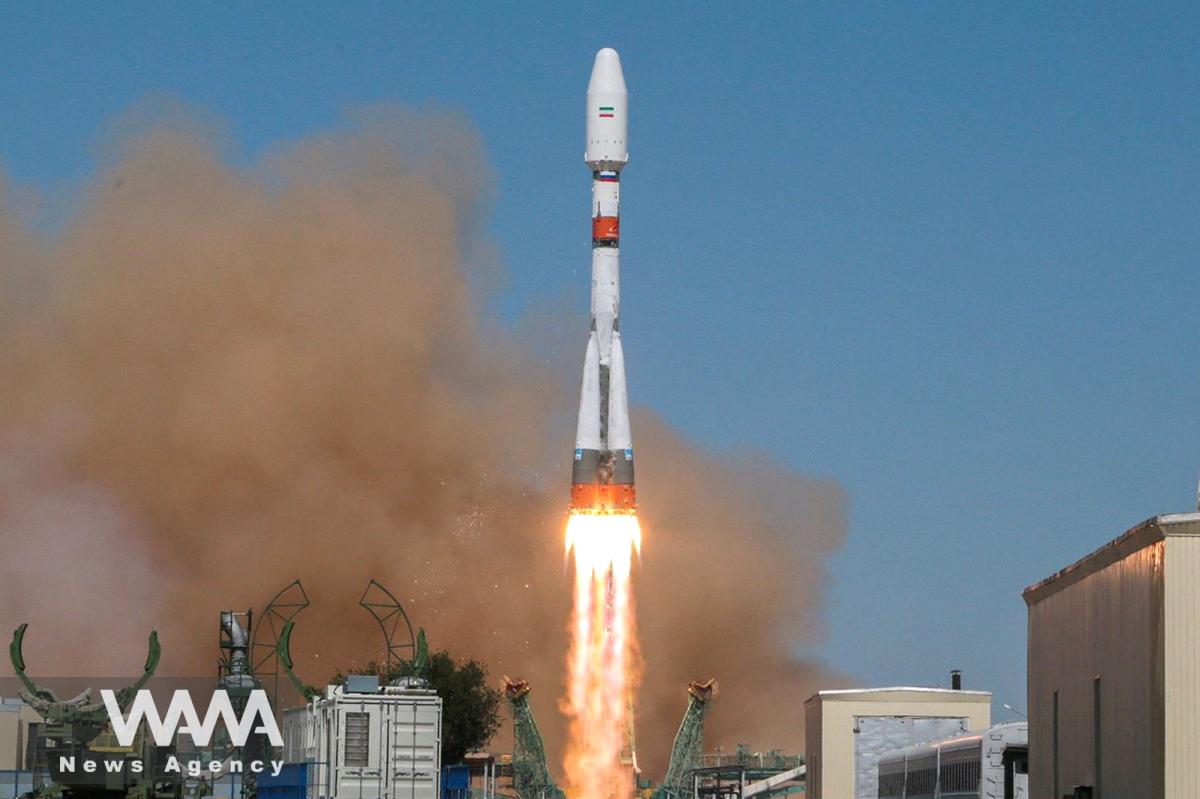Unveiling of Iranian “Pars 2” Satellite and Launch of Nahid 1 and 2
WANA (Dec 31) – The Iranian Space Organization’s President, Dr. Hassan Salariyeh, during a recent gathering at Tehran University, shared exciting updates about Iran’s space program, including the upcoming launch of several key satellites.
The “Pars 2” satellite, with an impressive 2-meter imaging resolution, is set to be unveiled during the Fajr decade. Additionally, the “Pars 3” satellite, currently under development by the Iranian Space Research Center, will also feature 2-meter resolution. The “Kosar” satellite, launched recently, provides 4-meter resolution imaging, marking a significant leap in Iran’s satellite technology.
Dr. Salariyeh also mentioned the upcoming launches of the “Nahid 1 and 2” communication satellites, with “Nahid 1” already having been revealed last year. “Nahid 3,” currently in development, holds potential for satellite constellation capabilities, which could significantly enhance Iran’s space infrastructure.
He emphasized the growing role of private companies in Iran’s space sector, with over 20 knowledge-based companies now competing in satellite-related projects, marking a positive shift toward a more dynamic space industry.
Dr. Salariyeh highlighted the global importance of the space industry, noting that it attracts top talent from various engineering fields. The Cold War era rivalry between the East and West was pivotal in shaping the space industry, which has since evolved into a tool for global communication, remote sensing, and scientific advancements.
In Iran, the space program began in the post-war years, initially focused on defense, and gradually expanded to include satellite development. Iran achieved its first successful orbital launch in 2008 with the “Omid” satellite, and since then, numerous satellites have been designed and launched.
Despite facing challenges like sanctions, Iran’s space industry has become largely self-reliant. Leading universities such as Sharif, Amirkabir, and K.N. Toosi have contributed to the country’s space advancements, training experts and developing satellite projects.












